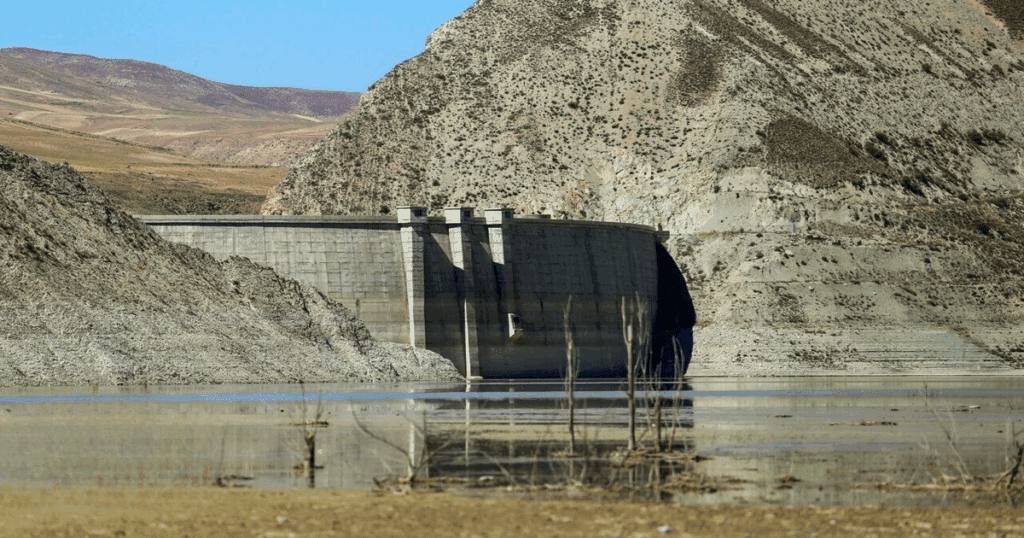Karami characterizes the current water crisis in Iran as a “designed drought,” arguing that it is a manufactured emergency that allows authorities to evade long-term reforms while shifting financial burdens onto citizens. He claims only 20-30% of Iran’s water shortages are due to climate change; the majority stems from reversible policy decisions. Instead of investing in infrastructure and reforming water usage, the government relies on fear to control demand, leading to dire consequences for families lacking access to water.
Satellite images reveal that Tehran’s reservoirs are at historic lows, with the city sinking due to excessive water extraction. Karami suggests that the solution lies in reallocating water from agriculture—an industry that consumes over 90% of Iran’s freshwater despite contributing minimally to GDP. This state-guided agricultural approach primarily serves military needs rather than societal ones.
The proliferation of deep wells and outdated irrigation methods waste significant water. Karami believes that a small reduction in agricultural water use could supply urban residents adequately, and emphasizes that improvements in efficiency are feasible. However, he sees little political will to enact such changes, highlighting Iran’s severe soil erosion and desertification. Despite the crisis, he does not anticipate public protests, as he expects authorities to address the immediate shortage soon.
Source link


